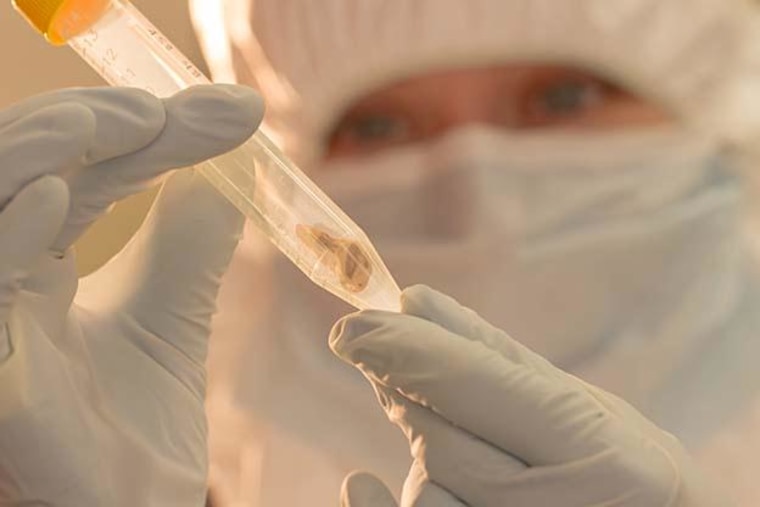LONDON — Scientists say two of the deadliest pandemics in history were caused by strains of the same plague and warn that new versions of the bacteria could spark future outbreaks.
Researchers found tiny bits of DNA in the teeth of two German victims killed by the Plague of Justinian about 1,500 years ago. With those fragments, they reconstructed the genome of the oldest bacteria known.
They concluded the Plague of Justinian was caused by a strain of Yersinia pestis, the same pathogen responsible for the Black Death that struck medieval Europe. The study was published online Tuesday in the journal Lancet Infectious Diseases.
The two plagues packed quite a punch. The Plague of Justinian is thought to have wiped out half the globe as it spread across Asia, North Africa, the Middle East and Europe. The Black Death killed about 50 million Europeans in just four years during the 14th century.
The plague is usually spread to humans by rodents whose fleas carry the bacteria. Every year, several thousand human cases of plague are reported, most often in central and Eastern Europe, Africa, Asia and parts of the Americas.
Experts doubted a modern plague epidemic would be as devastating. "Modern-day antibiotics should be able to stop it," said Hendrik Poinar, director of the Ancient DNA Center at McMaster University in Canada, who led the new research. But he warned that if the plague is transformed into an airborne version — which can happen if the bacteria reaches the lungs and its droplets are spread by coughing — it would be much harder to snuff out.
